A tool used for tuning cars in Car Mechanic Simulator 21. Provides a lot of functionalities that make tuning considerably easier as well as allowing you to explore the most efficient way of tuning the car to the desired boost percentage and can also suggest the optimal setup if you want.
The only reason this exists is my laziness :)
Tuning Calculator (or "Car Mechanic Simulator 21 Tuning Calculator"... yeah, it's a mouthful, that's why I just say Tuning Calculator) is a tool I made with two goals in mind: a) streamlining the process of tuning cars and b) do it right AKA manage to do so without allowing odd "assymetrical" tunes, like upgrading one out of four spark plugs which drove me crazy. Clearly, very serious goals for this project.
Quirky intro aside, the app does actually work exactly as expected. The process is pretty straightforward. First off, the user gets a tuning order in the game, they check what engine is fitted on the car, they select that engine from the list in the app and they immediately find all available parts for that specific engine. That would normally take ages, unless you've memorized the parts -but clearly- I didn't. Half the job is already done at this point, but I did not want to live it there. The list of available parts shows all the information the users needs to make an educated decision and they can even experiment in the app by selecting the parts and seeing how much boost they get from the whole build. However, that still seemed to be a little too much effort for me when trying to tune a car, so I added another new functionality to auto-generate the most value-for-money setup possible for the desired percentage. Full instructions on how to use the app can be found in the readme file on GitHub, but I doubt anyone really needs it.
Initially, this project was built with JavaScript (honestly, I can't recall why and I'm not sure I want to know) and React with Bootstrap and a little bit of flavor with Sass. At that point it was missing the auto-generation feature and it looked a little... meh honestly. So I decided to rebuild it from scratch and feed my newly found Next.JS addiction. This time I chose to use Next.JS with React and Tailwind with DaisyUI for the component styling (yes, the styling here is also from DayisyUI and I didn't really bother finding colors for my branding; I will never claim to be good at branding plus these colors look great anyway). Everything is pretty standard, in my opinion. The performance is pretty good and the auto-generation honestly makes almost the whole app redundant, unless you're tuning for fun. Despite it having the 🪄 emoji in front, it has nothing to do with AI, I just did it because it's trendy. All it does is go through all possible setups and choose the best one by eliminating all setups that don't reach the desired percentage and then sorting the ones that pass by price and picking the cheaper one. Now, in case you're still wondering, no I didn't gather all the data on the parts and engines on my own, for -I believe- pretty obvious reasons if you've been reading all this. I just found the wiki page for the engines and scrapped all the pages to get the info I want, format it into json and voila! There is no way I was going to find all that and type it in manually.
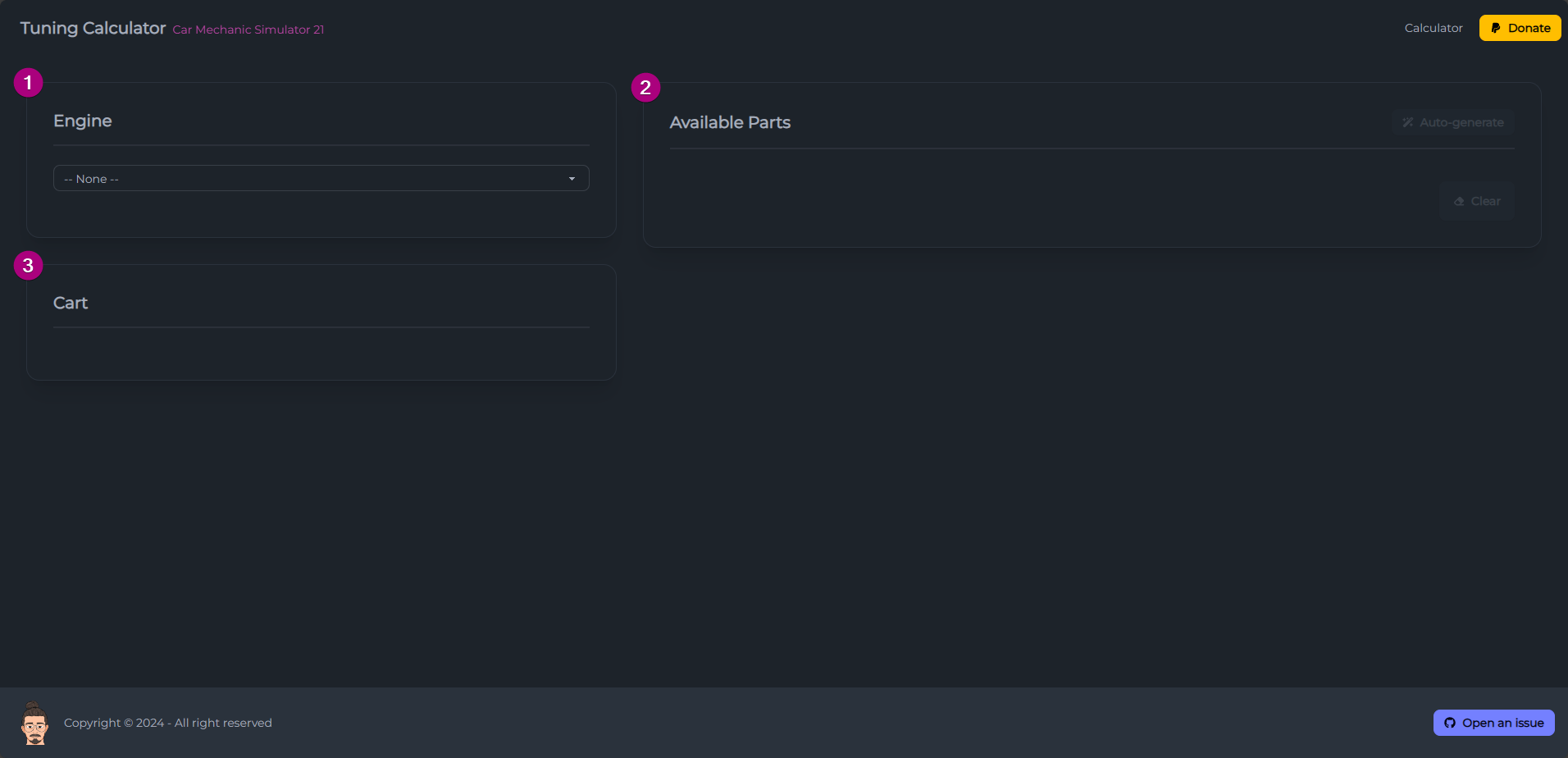
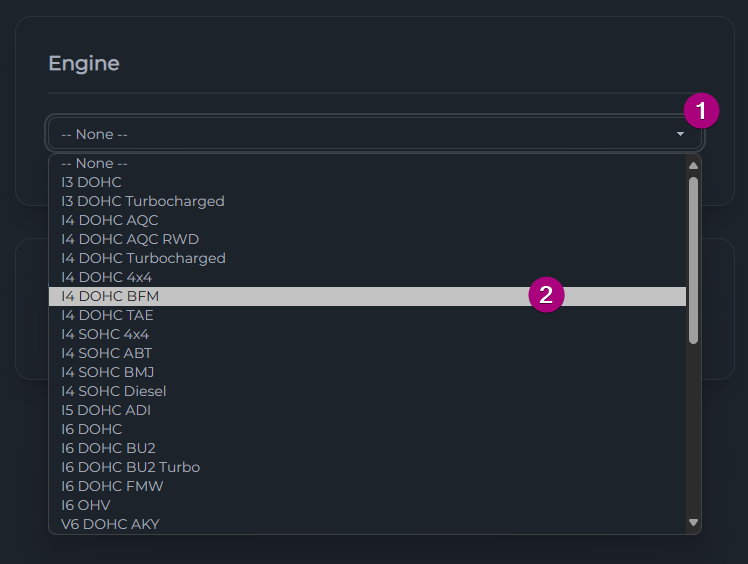
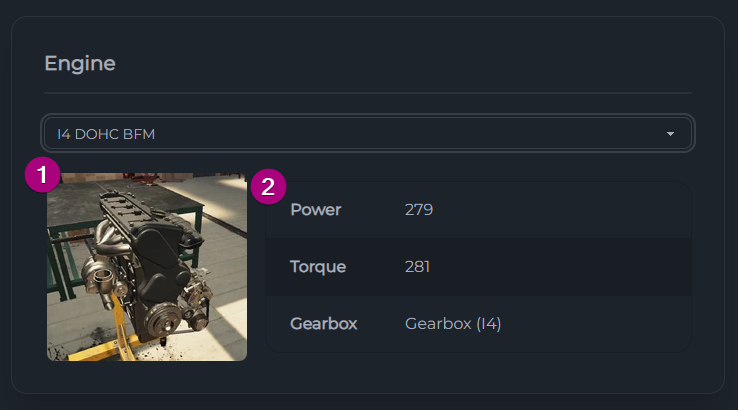
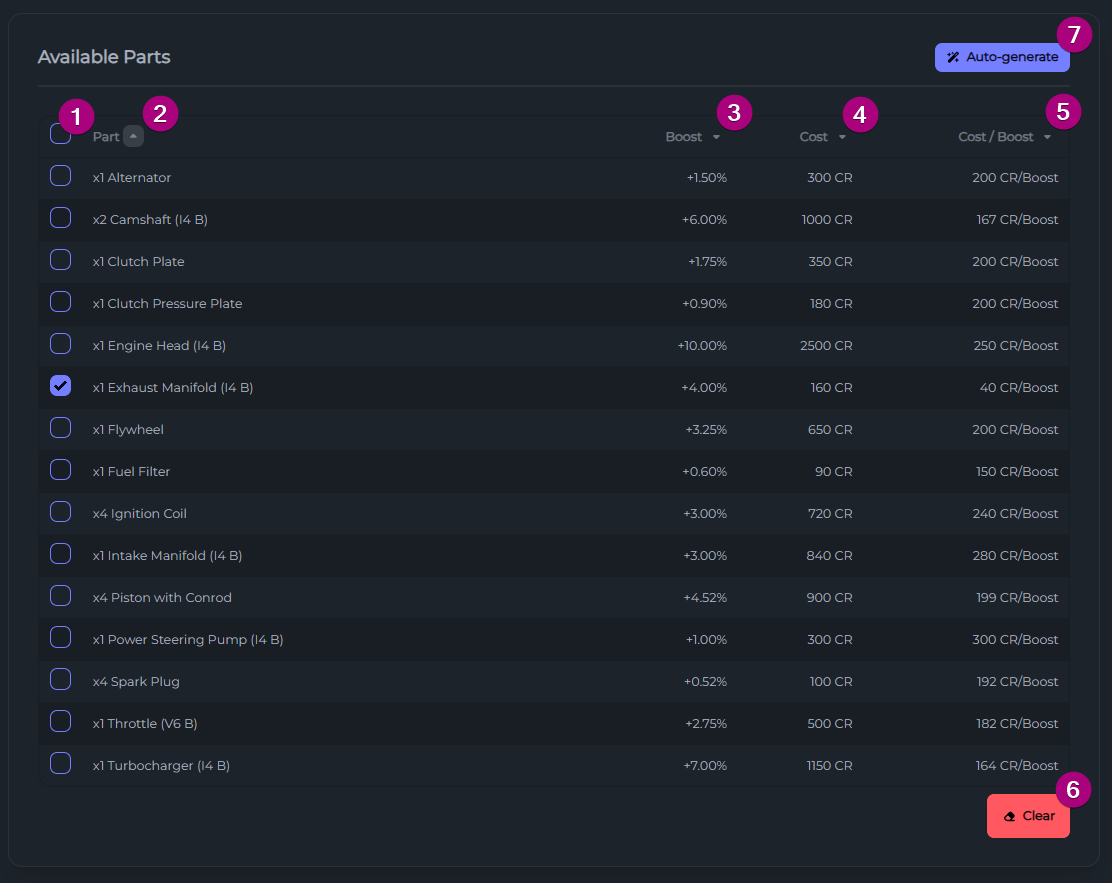
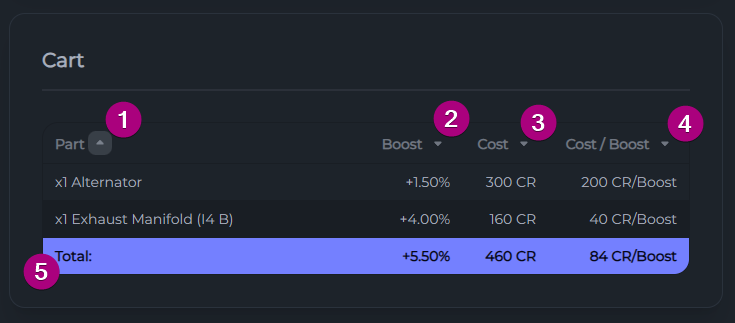


Send me an email and I will get back to you as soon as possible.
Game Development | Web & Mobile Development | Salesforce | Consulting | Solution Design